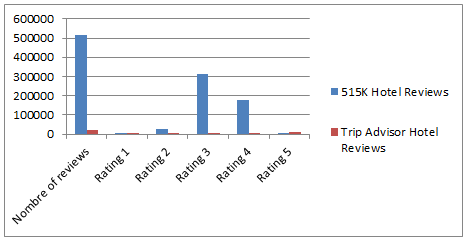Adapting Users’ Intentions in Pervasive Environments
DOI:
https://doi.org/10.17762/ijcnis.v16i1.6517Keywords:
Pervasive Computing, Context-aware Services, Context Awareness, Intentions Reformulation, Human Computer InteractionAbstract
Pervasive computing, also called ubiquitous computing, is a revolutionary paradigm that aims to create intelligent environments composed of discrete and interconnected devices. These devices can collect, process, and disseminate various information in an invisible way, in order to provide the user with services tailored to their context and activities. Communicating with these services must be intuitive, not requiring any technical details and far from traditional user interfaces. To fulfill these requirements, we present, in this article, an approach to reformulating user intentions expressed in natural language in order to connect them with the execution context and facilitate the identification of services that best meet user needs. The proposed approach is based on concepts related to lexical semantics, ontologies, and contextual information.
Downloads
Published
How to Cite
Issue
Section
License
Copyright (c) 2024 International Journal of Communication Networks and Information Security (IJCNIS)

This work is licensed under a Creative Commons Attribution-NonCommercial-ShareAlike 4.0 International License.




